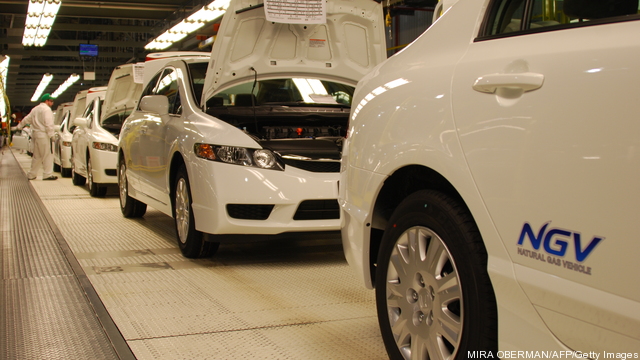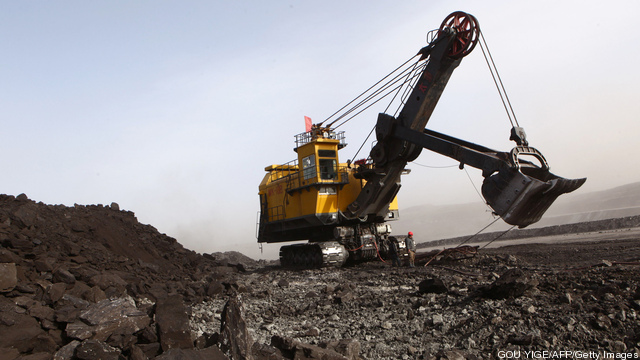
The holy trinity for energy is cheap, reliable and clean, but science has yet to unlock a source that provides all three without limits. In the meantime, the challenge for energy producers, consumers and regulators is to negotiate tradeoffs between these ideals in order to find the most acceptable energy solutions for modern society. There are few places in the world where this delicate negotiation between environmental cleanliness, affordability and reliability is more pronounced than in Canada’s oil sands producing region.
Canada boasts the world’s third largest proven oil reserves, which are primarily attributed to the oil sands, located in Northern Alberta. Oil sands are a natural mixture of sand, water, clay and heavy oil referred to as bitumen. Alberta contains 170.8 billion barrels of proven oil reserves – 169.3 billion barrels of bitumen and 1.5 billion barrels of conventional oil. The province is about the size of Texas and produces approximately 1.6 million barrels of crude oil per day from the oil sands, which accounts for about half of Canada’s total crude oil production. Keep reading →







 For countries with lots of coal looking for clean alternatives to burning it,
For countries with lots of coal looking for clean alternatives to burning it, 
